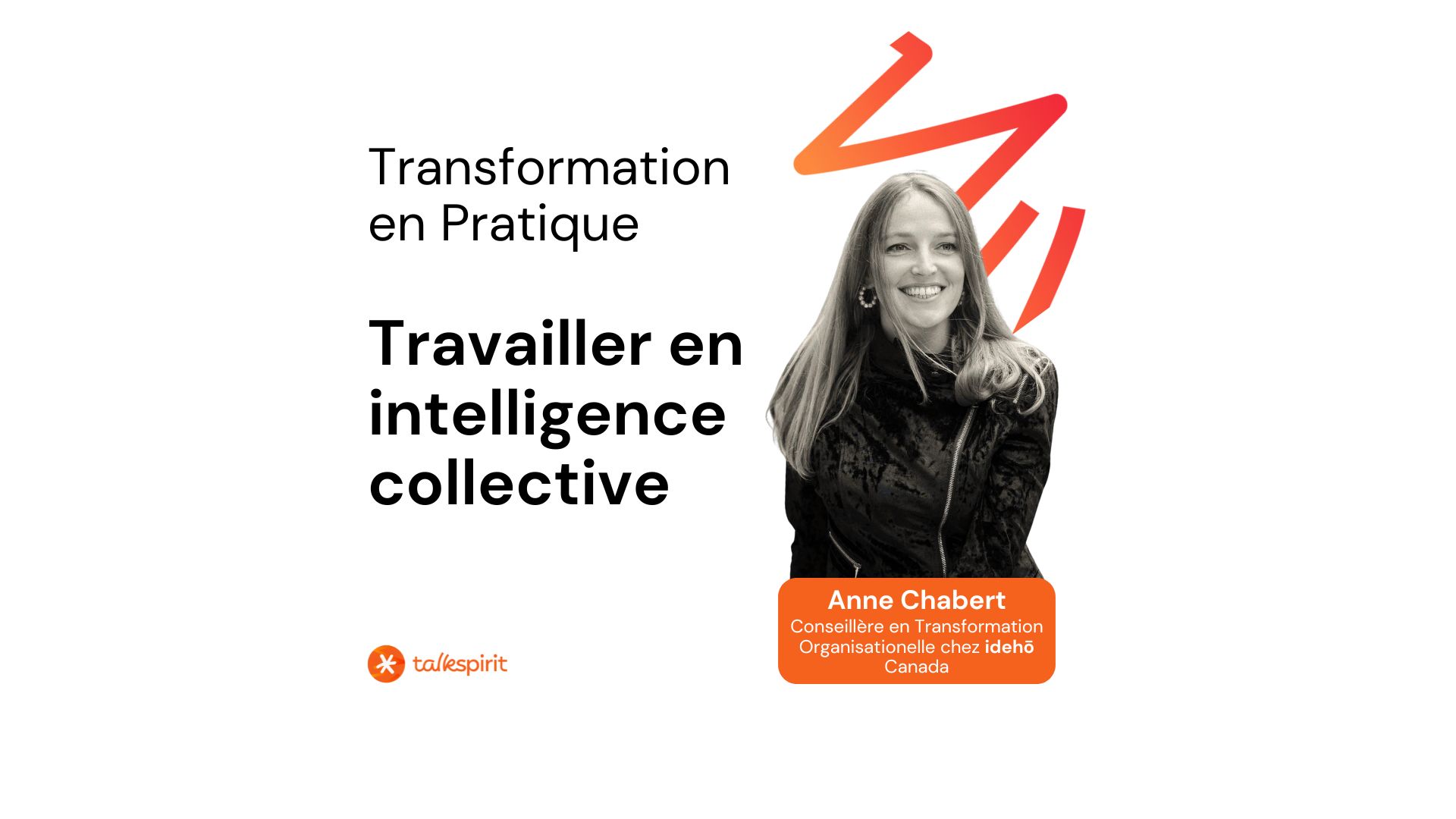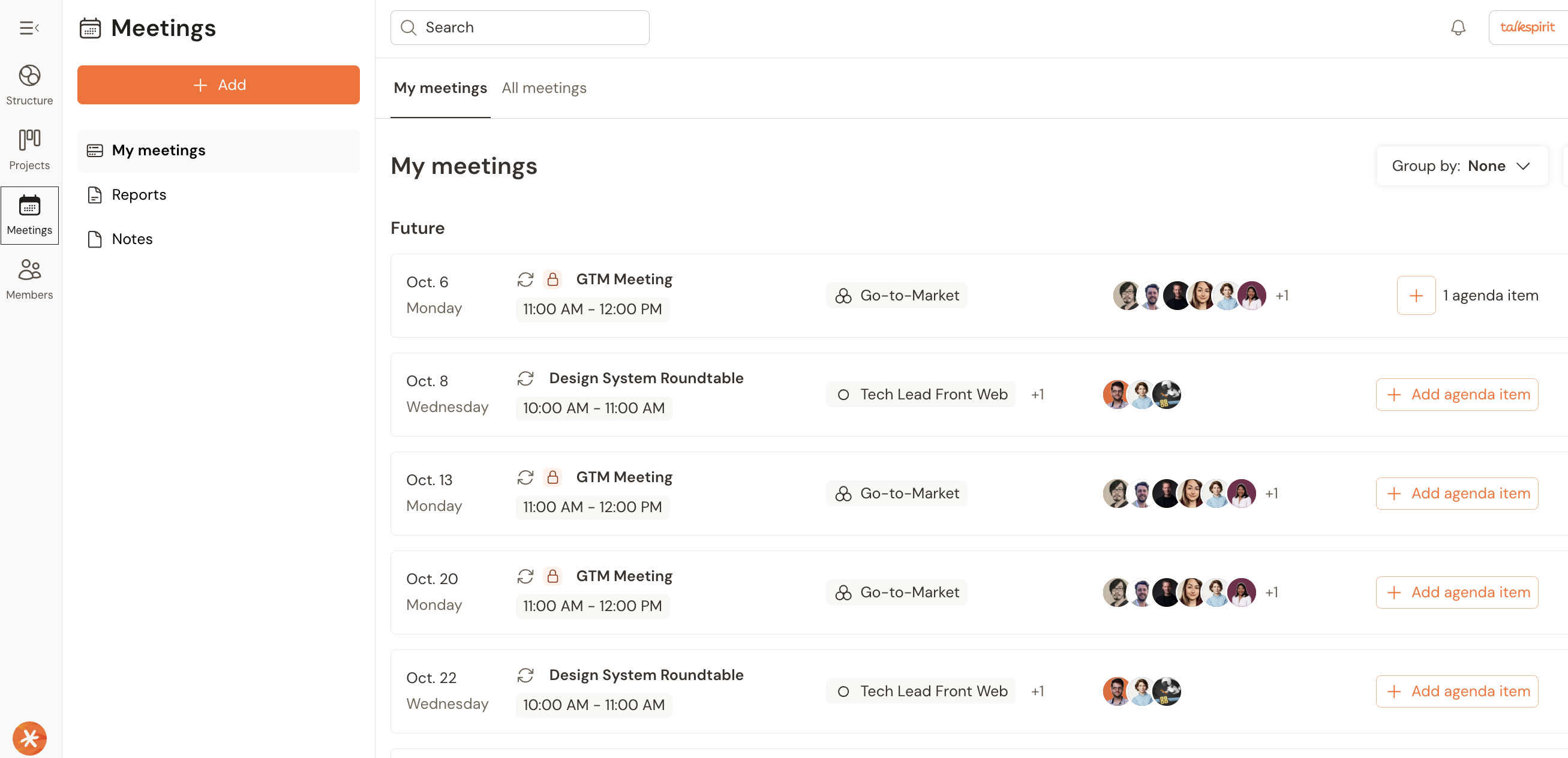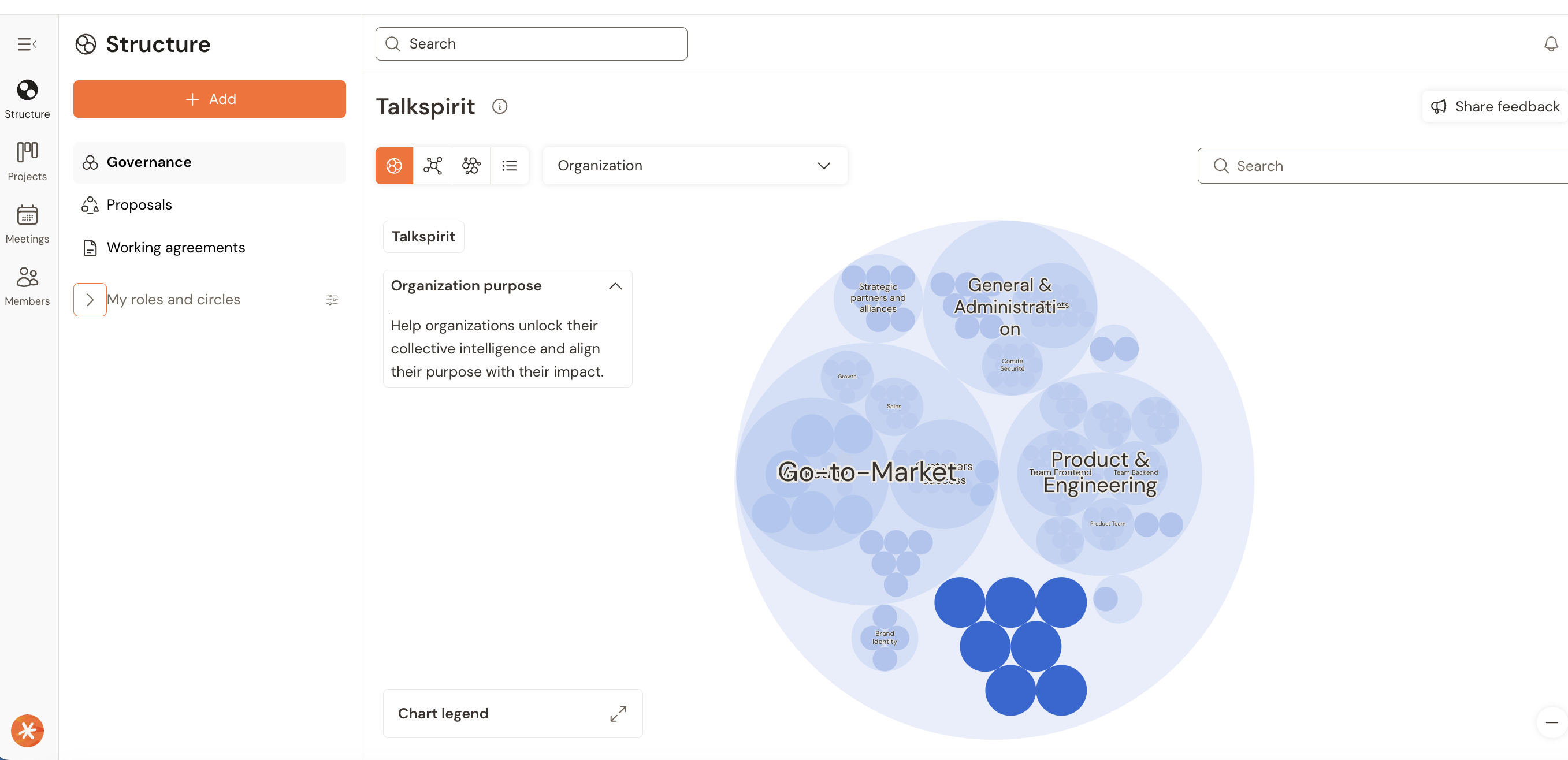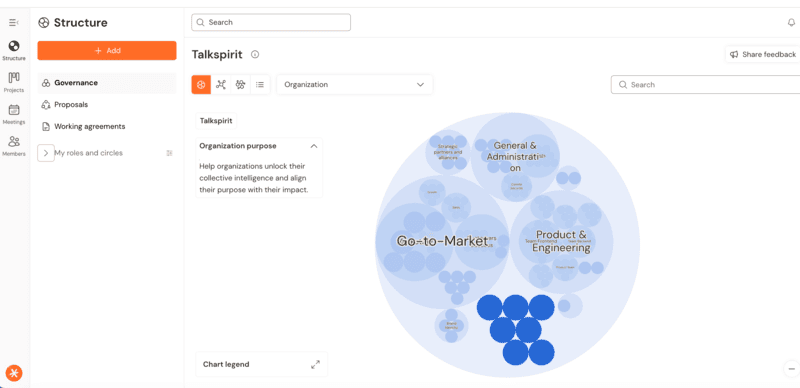The Discipline of Transformation with Patrick Scheuerer from Xpreneurs, Switzerland

At Talkspirit, we highlight partners who help organisations evolve towards more adaptive and sustainable ways of working. In this conversation, we meet Patrick Scheuerer, founding partner of Xpreneurs in Switzerland. Patrick shares how he helps organisations build solid and reliable self-management practices that make transformation both practical and lasting.
1. Who is Patrick Scheuerer, and what is Xpreneurs?
I am an organisational development consultant and coach, and I have been helping organisations for the last 13 or 14 years to build sustainable and reliable self-management practices. What has always been important to me is that these practices are solid, that they work, and that they provide a meaningful foundation for businesses to do important work.
At Xpreneurs, we are a small team that started out as a traditional consulting and coaching business. Over the last few years, we have seen that technology plays an increasingly big part in our work. Organisational transformation is the sum of individual transformations, and the more we can support these individual transformations, the more reliable and sustainable the overall change becomes.
To lower the barrier for people to build meaningful new practices, we created Xpreneurs Dojo, an online coaching and training platform available by subscription. It allows people to access learning and guidance whenever they have questions, doubts, or need clarity in their new practices. It is not a 24/7 coach, but it gets close to it. The Dojo is a community of practitioners that helps organisations and the people within them navigate transformation in a wholesome way and grow as part of that journey.
2. What are the key challenges you see organisations facing today?
The biggest challenge is that most organisations still operate with a model that is about 200 years old. It emerged during the Industrial Revolution and has shaped how we think about management and organisation. For a long time, it worked well. But the world around us has changed, and this model is often no longer fit for purpose.
Many leaders and organisations are now realising this. The question is: what do we do instead? The hierarchical management model has become so dominant that it often seems like the only possible way to organise work. There are, however, many other ways to organise, and there are already successful examples of organisations operating differently. They are just not as visible.
A big part of our work is helping leaders come to terms with this shift and take the first steps. It does not have to be a leap into the unknown. Change can happen one step at a time.
3. What are the consequences of keeping outdated models?
If you compare a typical working day today to one 40 or 50 years ago, the difference is enormous. People now deal with dozens or hundreds of messages every day across multiple channels. The pace of work, the level of complexity, and the ambiguity of decision-making have all increased.
In most organisations, when decisions are unclear, the default response is to escalate to the next level of management. But those managers often lack full context and are working with imperfect information. By the time they get clarity, the situation has already changed.
What I have observed over the last decade is that most people truly try to do their best. Leaders want to empower others, and employees want to take responsibility. The problem is not motivation but the systems that hold people back. These structures act like a gravitational field that keeps pulling everyone toward old habits and processes. Overcoming that gravity takes awareness, intention, and a clear sense of direction.
4. How do you help organisations transform?
Our work takes many forms throughout the transformation process. We usually start by working with the leadership team to understand their main challenges, goals, and aspirations. Then we explore how new approaches and models might play a role in addressing them.
We look for the starting points that can make a visible impact quickly, because people need to see real results early on. Theory is useful, but most people are focused on getting their job done. The real value lies in creating new, practical ways to coordinate, make decisions, and align as a team.
Sometimes we run what we call a practice check, where we observe a team’s meeting to understand how they work. Other times, we do a discovery workshop to simulate what it would be like to operate under a model like Holacracy. These exercises give people a tangible sense of what new ways of working could feel like. Once they experience it, it becomes real.
Transformation continues through a mix of training, coaching, and guided practice. We work in a tension-based approach, meaning we focus on the areas where there is the most energy for change and where improvement would bring the most benefit.
5. What mindset shifts are needed to support this transformation?
There are fewer mindset shifts than people think, especially at the start. You do not need an “agile mindset” before you begin. Change happens gradually, through experience and small adjustments.
If we create the right structures, incentives, and support systems, new behaviours will evolve naturally. The biggest shift, especially for leaders, is understanding that transformation is not something you can simply implement. It is not a project or a checklist.
It is more like becoming healthy or fit. You cannot take one pill or follow one training program to solve everything. You need to combine different habits, and it takes time. Building a healthy organisation is similar. You have to bring several elements together and practice them consistently.
Transformation is a practice. You cannot just understand it and be done. It has to be repeated and embodied, much like learning to play a musical instrument. At first, it feels awkward, then it starts to flow, and eventually it becomes part of how you operate.
6. What role does technology play in transformation?
Technology plays an important role from the very beginning. It helps anchor new practices by making them visible and accessible. For example, if roles and accountabilities are stored in a static file somewhere, they are easily forgotten. But if they are available and easy to reference, they help people make better decisions and clarify responsibilities.
Good technology supports healthy practices and acts like training wheels. It helps people learn and build habits more easily. However, technology alone is not the solution. It works best when combined with human support, such as coaching or peer learning.
With the rise of AI, new possibilities are emerging. Conversational interfaces could make guidance and learning as simple as asking a question in real time. The goal is to make learning continuous and accessible, while still using technology thoughtfully and responsibly.
7. A moment that made transformation real
One of the most powerful moments in this work is when people realise how far they have come. It often happens spontaneously, during a meeting or a casual conversation, when someone suddenly notices how differently they are working now compared to before.
They recognise how much they have grown and matured, and how this change has also improved their lives outside of work. Some tell us that their personal relationships have improved because they have learned to express expectations more clearly.
That is when transformation becomes truly real. It is not just an organisational change but a personal one.
8. If you could share one piece of advice with leaders seeking to evolve their organisation, what would it be?
Do not settle too early for small wins. The early gains can feel rewarding, but real transformation requires sustained practice.
That is why we call our platform a dojo. Like in martial arts, even experienced practitioners keep returning to the basics. In organisations, this means maintaining core practices such as clarifying roles, processing tensions, and keeping meetings effective.
Short-term successes are valuable, but without ongoing discipline, the old patterns return. Lasting transformation depends on continuing the basics and strengthening the foundation.
9. What questions are you still holding?
The question that keeps guiding us is how to better understand the journey that people go through during transformation.
How can we provide stronger support and scaffolding? How can we help people feel more confident and stable in uncertain times? How can we make learning accessible, low-barrier, and scalable so that everyone can benefit?
Transformation is not only about improving organisations. It is also about helping people build life skills that stay with them, no matter where they work next.
Closing Thoughts
Patrick reminds us that transformation starts with people and their daily practices. It grows through repetition, reflection, and collective learning.
At Talkspirit, we share this belief. Our platform provides the clarity and structure that help teams coordinate and anchor new ways of working. Partners like Xpreneurs bring the human insight and experience that make these changes sustainable.
Together, we help organisations turn learning into practice and practice into lasting impact.
























.jpg)





.jpg)
.jpg)







.jpg)
.jpg)


.jpg)

.jpg)


.jpg)











.jpg)




.jpg)



.jpg)

.jpg)



.jpg)








.jpg)


















.jpg)